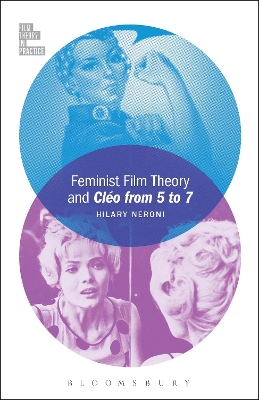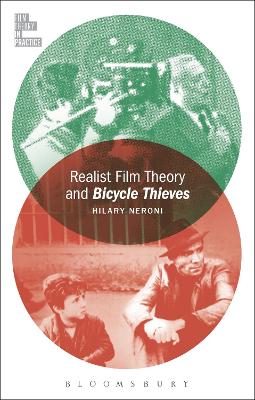Film Theory in Practice
2 total works
The Film Theory in Practice series fills a gaping hole in the world of film theory. By marrying the explanation of a film theory with the interpretation of a film, the volumes provide discrete examples of how film theory can serve as the basis for textual analysis. Feminist Film Theory and Cléo from 5 to 7 offers a concise introduction to feminist film theory in jargon-free language and shows how this theory can be deployed to interpret Agnes Varda's critically acclaimed 1962 film Cléo from 5 to 7.
Hilary Neroni employs the methodology of looking for a feminist alternative among female-oriented films. Through three key concepts—identification, framing the woman’s body, and the female auteur—Neroni lays bare the debates and approaches within the vibrant history of feminist film theory, providing a point of entry to feminist film theory from its inception to today. Picking up one of the currents in feminist film theory - that of looking for feminist alternatives among female-oriented films - Neroni traces feminist responses to the contradictions inherent in most representations of women in film, and she details how their responses have intervened in changing what we see on the screen.
Hilary Neroni employs the methodology of looking for a feminist alternative among female-oriented films. Through three key concepts—identification, framing the woman’s body, and the female auteur—Neroni lays bare the debates and approaches within the vibrant history of feminist film theory, providing a point of entry to feminist film theory from its inception to today. Picking up one of the currents in feminist film theory - that of looking for feminist alternatives among female-oriented films - Neroni traces feminist responses to the contradictions inherent in most representations of women in film, and she details how their responses have intervened in changing what we see on the screen.
This book offers a concise introduction to realist film theory and shows how this theory can be engaged to interpret Vittorio De Sica's Bicycle Thieves. Through three key concepts-Hollywood and realism, early realist theories and their influence, and realism and its relationship to melodrama-the book lays bare the debates and approaches within the vibrant history of realist film theory. In this way, the book provides a point of entry to realist film theory from its inception to today as well as a new way to conceive of realism.
The discussion of Bicycle Thieves brings the concepts of realist film theory into practice through an interpretation of the film and demonstrates to students how detailed filmic analysis of film history, film theory, and close textual analysis of the film itself can yield a deeper understanding of all three, as well as being able to produce innovative ways to move forward with film theory.
The discussion of Bicycle Thieves brings the concepts of realist film theory into practice through an interpretation of the film and demonstrates to students how detailed filmic analysis of film history, film theory, and close textual analysis of the film itself can yield a deeper understanding of all three, as well as being able to produce innovative ways to move forward with film theory.

